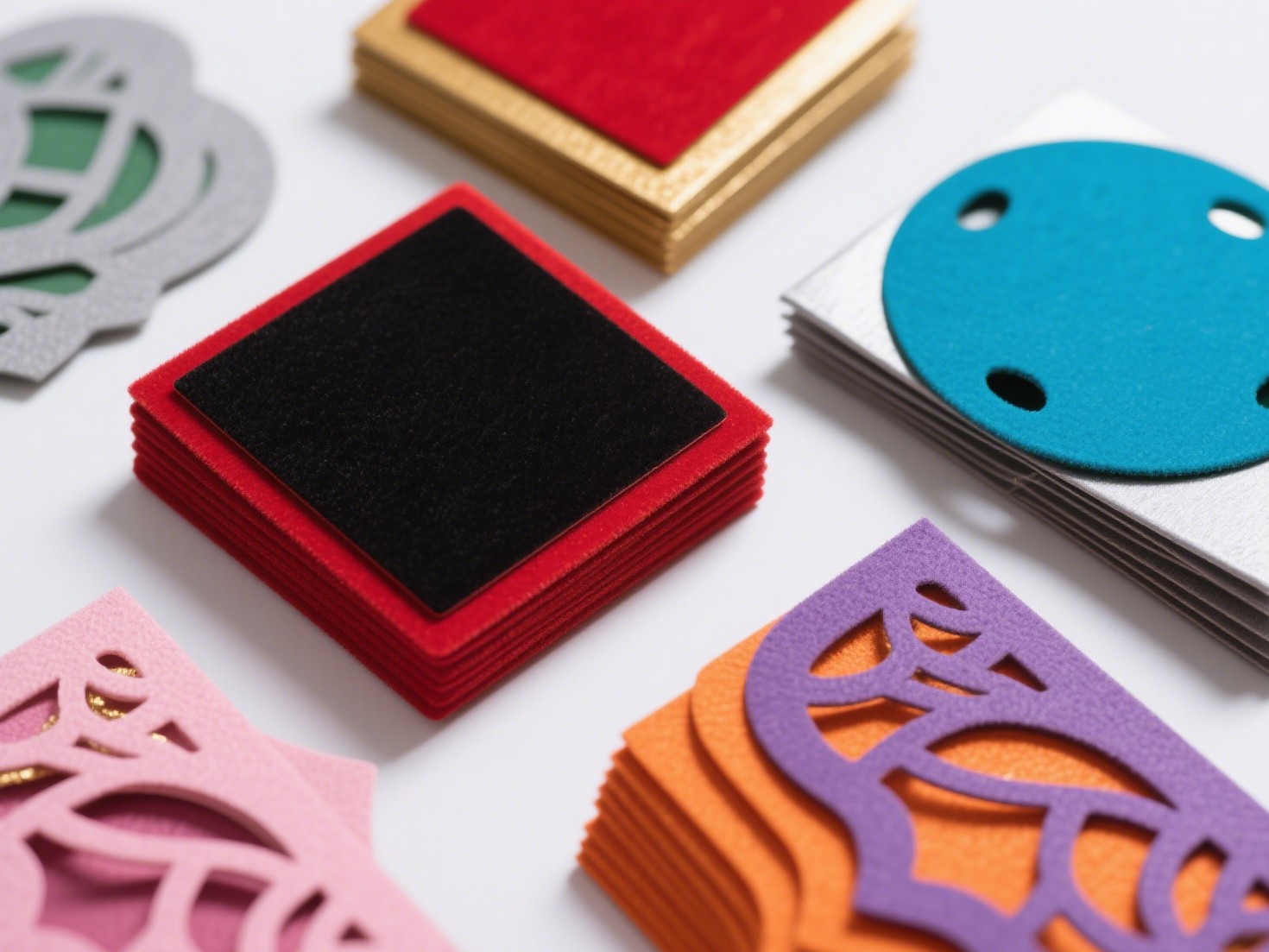In an era where environmental consciousness is paramount, the construction industry is undergoing a significant transformation. As urbanization accelerates and the demand for infrastructure grows, the need for sustainable construction materials has never been more pressing. This article delves into some of the most promising sustainable materials that are reshaping the construction landscape, offering insights into their benefits, applications, and future potential.
Understanding Sustainable Construction Materials
Sustainable construction materials are those that minimize environmental impact while maximizing efficiency and durability. These materials are often sourced responsibly, have a lower carbon footprint, and contribute to energy efficiency in buildings. The shift towards sustainability in construction is not merely a trend; it is a necessity driven by climate change, resource depletion, and the need for healthier living environments.
- Recycled Materials
One of the most effective ways to promote sustainability in construction is through the use of recycled materials. These materials reduce waste and lower the demand for virgin resources. Common examples include:
- Recycled Concrete Aggregate (RCA): Made from crushed concrete, RCA can replace traditional aggregates in new concrete mixes, reducing landfill waste and conserving natural resources.
- Recycled Steel: Steel is one of the most recycled materials globally. Using recycled steel in construction not only reduces energy consumption but also lowers greenhouse gas emissions associated with steel production.
- Bamboo
Bamboo is often hailed as a miracle material in sustainable construction. It is one of the fastest-growing plants on Earth, capable of reaching maturity in three to five years. Key benefits of bamboo include:
- Strength and Flexibility: Bamboo has a high tensile strength, making it an excellent alternative to traditional timber and steel.
- Carbon Sequestration: Bamboo absorbs significant amounts of CO2 during its growth, contributing to carbon offsetting.
Bamboo can be used in various applications, from structural elements to flooring and finishes, making it a versatile choice for eco-friendly construction.
- Hempcrete
Hempcrete is a biocomposite material made from the inner fibers of the hemp plant mixed with lime. This innovative material offers several advantages:
- Insulation Properties: Hempcrete provides excellent thermal insulation, reducing energy consumption for heating and cooling.
- Breathability: Unlike traditional concrete, hempcrete allows for moisture regulation, preventing mold growth and improving indoor air quality.
Hempcrete is not load-bearing, so it is typically used in conjunction with a structural frame, making it an ideal choice for sustainable building envelopes.
- Rammed Earth
Rammed earth construction involves compacting a mixture of soil, sand, and gravel into forms to create walls. This ancient technique is gaining renewed interest due to its sustainability:
- Local Materials: Rammed earth utilizes locally sourced materials, reducing transportation emissions and costs.
- Thermal Mass: The dense nature of rammed earth provides excellent thermal mass, helping to regulate indoor temperatures and reduce energy use.
Rammed earth structures are not only durable but also aesthetically pleasing, often showcasing the natural colors and textures of the earth.
- Reclaimed Wood
Reclaimed wood is salvaged from old buildings, barns, and other structures, giving it a second life in new construction projects. The benefits of using reclaimed wood include:
- Reduced Deforestation: By reusing wood, the demand for new timber is decreased, helping to preserve forests.
- Unique Aesthetic: Reclaimed wood often has a rich history and character, adding unique charm to modern designs.
This material is particularly popular in residential construction, where it can be used for flooring, beams, and cabinetry.
- Green Insulation Materials
Insulation is a critical component of energy-efficient buildings. Sustainable insulation materials include:
- Cellulose: Made from recycled paper products, cellulose insulation is treated with fire retardants and is highly effective in reducing energy loss.
- Sheep’s Wool: A natural insulator, sheep’s wool is biodegradable, non-toxic, and provides excellent thermal and acoustic insulation.
These materials not only enhance energy efficiency but also contribute to healthier indoor environments.
Conclusion: The Future of Sustainable Construction
The construction industry is at a crossroads, with sustainable materials offering a pathway to a more environmentally responsible future. By embracing innovative materials like recycled aggregates, bamboo, hempcrete, rammed earth, reclaimed wood, and green insulation, builders can significantly reduce their ecological footprint while creating resilient and beautiful structures.


